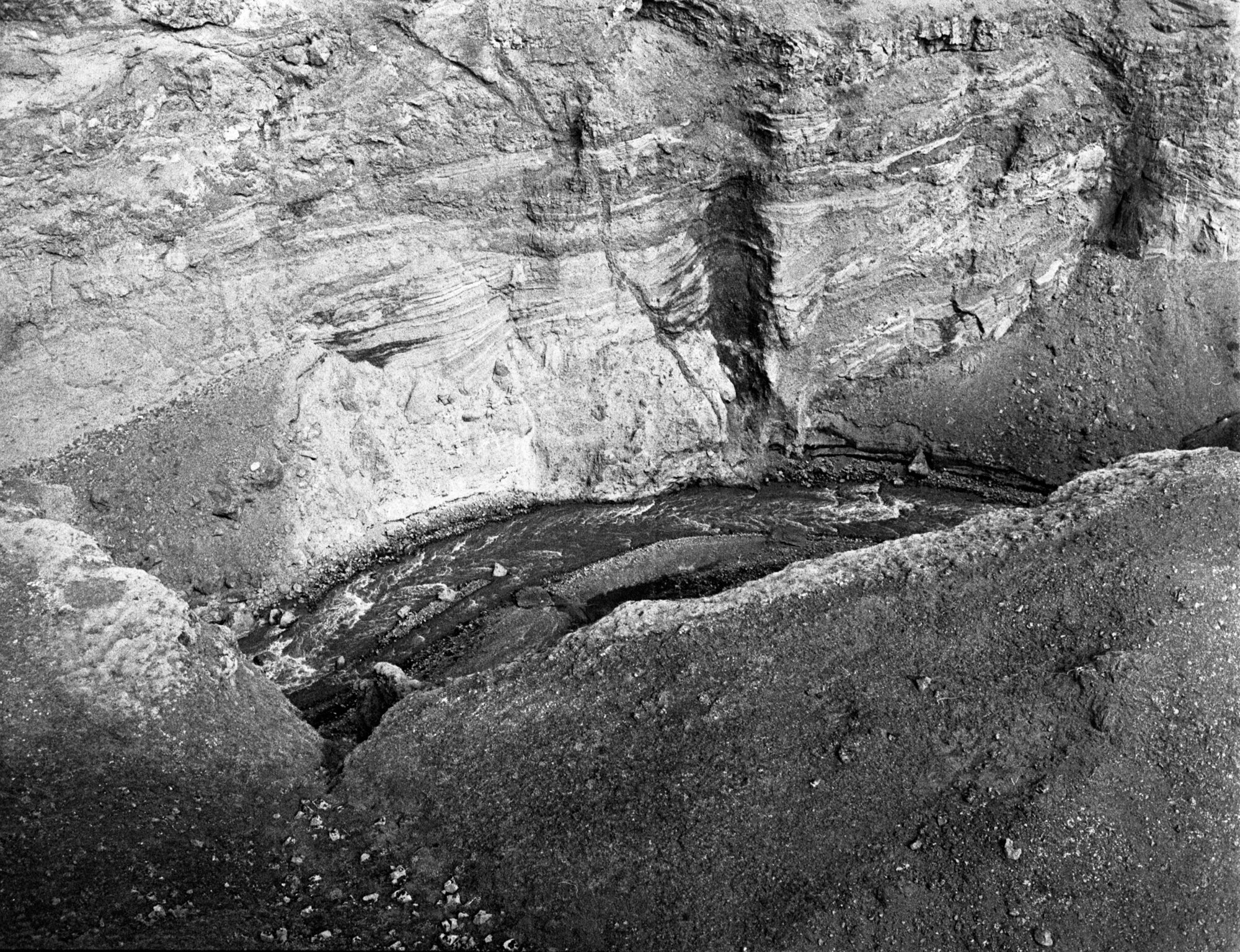Mosses are overlooked. They are real ecosystem engineers, for instance in peatlands. These tiny, slow-growing plants are especially interesting from scientific perspectives (which is why I study their microbiome for my PhD), but I searched for a way to combine that with photographic processing.
Many photographers have been using alternative (and more environmentally friendly) techniques to develop photographic film. Caffenol (a combination of water with instant coffee, washing soda, vitamin C and salt or potassium bromide) is one of those. But many other materials containing phenolic compounds (such as the instant coffee in caffenol) can be used, for instance green tea, cloves and red wine. I have used caffenol in the past years for all my black-and-white film, and it turned out to be a good base for a moss-based developer.
Mosses are known to contain phenolic compounds, that make them resistant to degradation, but also able to survive in harsh locations. The moss I used to develop my films is Racomitrium lanuginosum (or Woolly fringe-moss) and when time and conditions allow in Iceland, it covers sharp lava flows with a soft moss blanket, dominating the landscape. I replaced the caffenol by moss microwaved in some water.
We have a lot to learn from these organisms whose oldest found fossils date back to the lower Carboniferous (359–323 Ma), and their ancestors may even have caused an ice age during the Late Ordovician (440–460 Ma). I harvested moss to use its phenolics to visualise the landscapes that it inhabits. This in turn can be classified as small-scale destruction of the natural landscape, which may be a huge impact for the moss.







